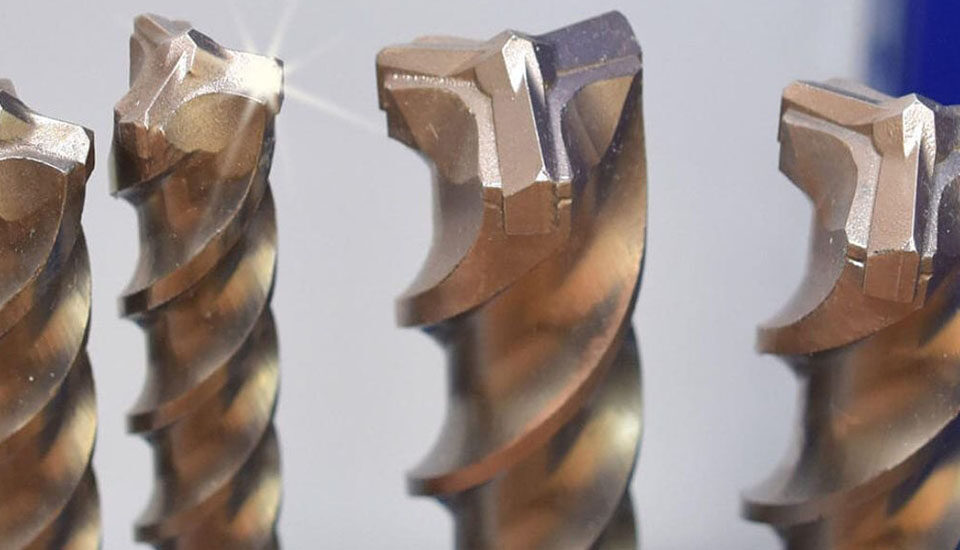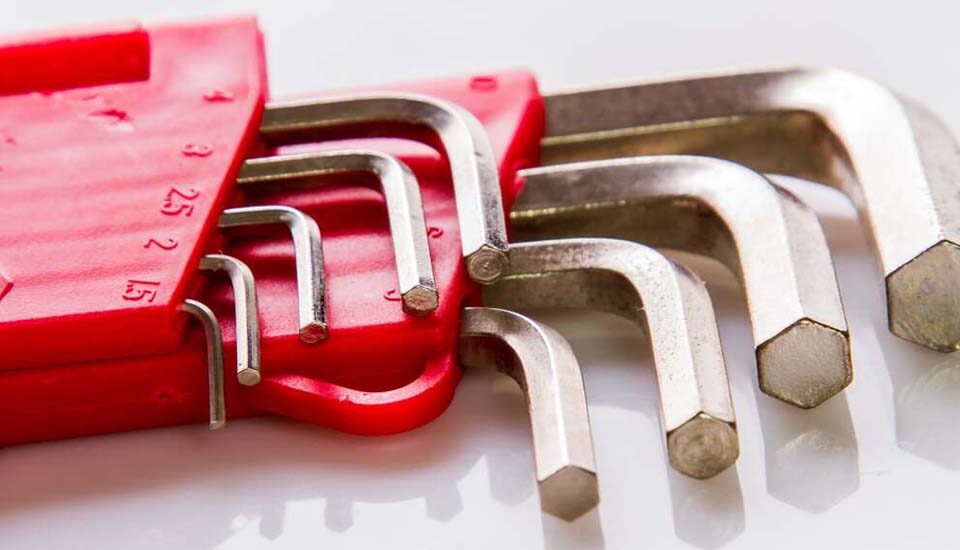What is a hydraulic bottle jack?

Hydraulic bottle jack
A hydraulic bottle jack is a type of jack that uses hydraulic pressure to create the necessary force to lift loads or heavy objects. These jacks use a hydraulic system to transfer mechanical power to hydraulic power.
The basic structure of a hydraulic bottle jack consists of a cylinder containing oil, a piston that moves inside the cylinder, and a hydraulic pump to create pressure inside the cylinder. When hydraulic pressure is generated, the piston moves and causes the load to be lifted or heavy objects to be moved.
These jacks are used in many industries and applications due to the high lifting power and precise control they provide.
What are the characteristics of the hydraulic bottle jack?
Some of the features of the hydraulic bottle jack are:
- It is usually made of steel or aluminum alloy.
- It has two asymmetric arms, one shorter for placing the lever and the other longer for lifting the load.
- Its mechanism is such that a small force is converted into a large force in the long arm through the short lever.
- There are different types with different capacities.
- Some types are adjustable.
- Its contact surface with the load is flat and smooth.
- It is used to lift cars and heavy equipment.
- It is a light, small and portable tool.
- The hydraulic bottle jack is one of the necessary accessories for repair shops and mechanics.
What are the uses of a hydraulic bottle jack?
Hydraulic bottle jacks are one of the important and practical tools in industry, mechanics, and other fields of work. Their main uses are:
- Lifting and maintaining heavy equipment: hydraulic bottle jacks are used especially in mechanical and construction workshops to lift and maintain heavy equipment such as cars, heavy industrial equipment, bearings, agricultural equipment, etc.
- Application in construction industry: hydraulic bottle jacks are used in building and construction to move heavy materials such as stone, concrete, building panels and other building materials.
- Application in repair and service workshops: In car repair workshops, hydraulic bottle jacks are used to lift cars and carry out repairs under the car.
- Use in sheet metal and metalworking industries: hydraulic bottle jacks are used in sheet metal and metalworking processes to move and lift metal parts and heavy sheets.
- Special industrial applications: Hydraulic bottle jacks are also used in some special industries such as marine, aerospace, agricultural, etc. to move and lift heavy loads and other equipment.
Hydraulic bottle jack design
A hydraulic bottle jack has several parts that work together to lift heavy loads.
Bearing pad: The bearing pad (Figure 2 labeled A) makes contact with a lift point (e.g., lift points on a vehicle)
Extension screw: The extension screw (Figure 2 labeled B) is adjustable to provide further lifting height.
Hydraulic ram: The hydraulic ram (Figure 2 labeled C) rises from the bottle jack’s body during operation.
Filler plug: The filler plug (Figure 2 labeled D) is removable, allowing hydraulic oil refill.
Handle: The handle (Figure 2 labeled E) has two pieces. Short handles work better in confined spaces, whereas longer handles provide greater leverage.
Release valve: The release valve (Figure 2 labeled F) closes to allow for lifting and opens to allow for lowering.
Socket: The up and down movement of the socket (Figure 2 labeled G) operates the pumping piston.
Piston assembly: The piston assembly (Figure 2 labeled H) moves hydraulic fluid from the reservoir into the ram cylinder.
Note: Not all hydraulic bottle jacks have an overload valve. This valve releases pressure from the system if the jack is overloaded. At this point, the bottle jack’s ram will not continue to rise.
Hydraulic bottle jack working principle
A hydraulic bottle jack works according to Pascal’s Law. According to Pascal’s Law, pressure equals the quotient of force over area. In a bottle jack, moving oil from one cylinder to a larger one multiplies the force. This is how a user uses relatively little force to lift something heavy with a bottle jack.
When a bottle jack’s handle (Figure 3 labeled E) moves up (Figure 3 center), the pumping piston (Figure 3 labeled F) siphons low-pressure fluid (Figure 3 labeled D) from the reservoir (Figure 3 labeled C). The reservoir check valve (Figure 3 labeled G top) opens, and the ram cylinder check valve (Figure 3 labeled G bottom) closes. This prevents the high-pressure fluid (Figure 3 labeled A) from the ram piston cylinder (Figure 3 labeled A) from flowing toward the pumping cylinder.
When the handle moves down (Figure 3 right), the reservoir check valve closes, and the ram cylinder’s check valve opens. This controls the oil flow from the pumping piston to the ram cylinder and not back into the oil reservoir. Since the area of the ram cylinder is larger than the area of the pumping cylinder, force multiplies.
What are the advantages of hydraulic bottle jack?
Hydraulic bottle jacks have many advantages, the most important of which are:
- High strength: Hydraulic bottle jacks are capable of lifting heavy loads with high strength. These tools are usually more resistant to high pressure and weight of materials.
- Stability and maintainability: After lifting the load, these types of tools have the ability to maintain and maintain the desired condition, which allows the user to easily perform the necessary tasks.
- Resistance to pressure: These jacks usually have high resistance to pressure and weight, which makes them suitable for lifting heavy loads.
- High performance: Hydraulic bottle jacks have effective and efficient performance and are suitable for various types of applications.
- Stability in terminals and workshops: Some hydraulic bottle jacks are capable of being used in harsh and high-pressure environments, including terminals and workshops with semi-industrial or industrial workspaces.
What are the disadvantages of a hydraulic bottle jack?
Some disadvantages of hydraulic bottle jacks are:
- High price: These types of tools have a high price due to the complexity of the structure, which may prevent some users from buying them.
- Need for continuous maintenance: hydraulic bottle jacks need accurate and continuous maintenance. This includes oil changes, periodic inspections and possible repairs, which can be costly and time-consuming.
- Volume and size: Some models of hydraulic bottle jacks may not be suitable for use in limited spaces or environments with limited space due to their large size and heavy weight.
- The most expensive type of jack: compared to other types of jacks, such as carp jacks, hydraulic bottle jacks are often more expensive.



